FOR THIS WEEK’S PSYCHOLOGY UPDATE WE WILL APPLY PSYCHOLOGY TO SERIOUS HOCKEY, FOOTBALL, & SPORTS INJURIES. THE ARTICLES, WEBSITES, AND APPs, WILL HELP YOU BETTER UNDERSTAND INJURIES TO THE BRAIN AND NERVOUS SYSTEM AND TREATMENT. ALSO, CONSIDER WHETHER THESE AREAS COULD BE CONSIDERED AS POSSIBLE CAREER PATHWAYS IF YOU ARE INTERESTED.
ARTICLE #1
TITLE
A Former Hockey Enforcer Searches for Answers on C.T.E. Before It’s Too Late
DESCRIPTION
The fascinatingly sad and worrisome article begins with a question to Chris Nilan (retired professional hockey player) as to whether he has ever had either/both head and neck injuries due to fights on ice. The article provides an audio track for listening to the entire story. Here is a relevant excerpt of the story: “The answer stretches out over 300 bare-knuckle fights as a professional hockey player, and countless other brawls on the street corners of Boston beginning in his childhood. Most times, Nilan was the one dispensing the punishment. But hockey fights almost always involve mutual, bone-crushing blows, fists jackhammering from powerful shoulders, sometimes fracturing bones, tearing tissue and rattling brains….The Hope Study, run by B.U.’s Chronic Traumatic Encephalopathy Center, has been measuring the brain health of living subjects with Alzheimer’s disease and related dementias since 1996. Nilan, curious about the condition of his brain after years of furious on-ice battles and eager to help with the research, turned to B.U., where participants return each year to repeat extensive testing, and eventually donate their brains. C.T.E. can only be diagnosed posthumously, but the Hope Study’s testing can provide valuable clues while patients are alive.”
This is a very long highly detailed article about his fights and injuries growing up, his injuries as a hockey player (nickname “Knuckles”), family history, and subsequent life issues. It’s well worth reading as a Psychology student to learn how to view a life holistically (Biological-Psychological-Social factors) determine who we are as adults. Great article for a student who might consider a career into any aspect of this life situation.
SOURCE
New York Times, September 22, 2023, by David Waldstein
LINK TO RESOURCE
https://www.nytimes.com/2023/09/22/sports/hockey/nhl-nilan-boston-study-cte-concussions.html
(Tiny URL) https://tinyurl.com/sdm2ad5n
===========================================
ARTICLE #2
TITLE
A Test for C.T.E. in the Living May Be Closer Than Ever
DESCRIPTION
This is an important article regarding C.T.E., or chronic traumatic encephalopathy (live link). The condition is most associated with older former N.F.L. football players, and the fact that the sport itself causes numerous concussions over the active career of the player. Since the condition does not show up for decades, serious brain damage ensues and the players develop terrible brain conditions similar to dementia, Alzheimer’s Disease, along with addictions, disturbed personality disorders, and frequently suicide. There has been no way to detect the development of C.T.E. but now there are active research efforts underway to diagnose the problem. “Currently, the only way to accurately diagnose C.T.E. is to stain brain samples and examine them under microscopes to look for the presence of the specific tau proteins associated with C.T.E. But if ongoing studies pan out, there could be a test for C.T.E. in the living in as few as two years, according to one leading researcher. The future of testing for C.T.E. hinges on developing ways of identifying the protein without requiring brain samples. So, scientists in multiple research institutes worldwide are working to identify biomarkers for the disease that can be seen in samples of blood, saliva or spinal fluid or by using brain imaging scans.” “As part of the wide-ranging project, doctors from the N.I.H. are tracking 120 former N.F.L. players, 60 former college players and 60 people with no history of repetitive head impacts to see if they show symptoms of C.T.E. Beginning in 2016, participants underwent a three-day examination that included neuropsychological and neurological assessments and were asked to detail their histories of brain trauma, lifestyle and other health factors such as genetics in a comprehensive look at their health.”
Psychologists play a role in the diagnosing and therapies for those who experience the problems. Understanding the neurological systems as well as the actual sports is a plus for Psychologists wishing to work in this area. For more information, click on the active link in the first paragraph.
SOURCE
New York Times, November 17, 2022, by Ken Belson
LINK TO RESOURCE
(Tiny URL) https://tinyurl.com/3vkhdmxz
===========================================
ARTICLE #3
TITLE
New traumatic brain injury test is ‘game-changing,’ concussion experts say
There are millions of TBI hospitalizations and deaths each year.
DESCRIPTION
What is Traumatic Brain Injury (TBI)? “TBI is a disruption in normal brain function caused by a blow or jolt to the head. A concussion is the mildest form of TBI, but patients may suffer a constellation of physical, cognitive, emotional and sleep symptoms. Some of the most common signs include confusion, headaches, blurry or double vision, dizziness, fatigue, memory loss, difficulties with concentration and insomnia.” The usual way to diagnose concussion is by subjective self-report, CT and MRI scans, and clinical judgement. According to the article, there can be a great deal of inaccuracies in the diagnosis until now.“In a world first, a newly authorized handheld device will allow doctors to detect traumatic brain injuries (TBIs) in under 15 minutes, potentially saving lives by dramatically shortening the time it takes to properly diagnose the issue.The device is made by Abbott, a medical device company based in the United States… This is a huge milestone that has never been done before — a blood test for the brain,” said Dr. Beth McQuiston, medical director for Abbott’s diagnostic businesses.” By the way, imagine how this test can be hugely helpful for high school, college, and professional sports wherein players are frequently hurt and often their concussions are either not diagnosed properly or misdiagnosed entirely. This is a real boon to understanding the brain and the affects of TBI.
SOURCE
ABC News, January 11, 2021, by Dr. Mishal Reja and Dr. Leah Croll
LINK TO RESOURCE
===========================================
CLASS DISCUSSION QUESTIONS:
•What is Traumatic Brain Injury (TBI)? What are the causes and symptoms?
•Up until this new test, how have concussions and TBI been diagnosed? What have been the problems with getting an accurate diagnosis?
•What is the new test for TBI? How is it administered? How does it aid diagnosis and what are the advantages of using this new test?
•What is C.T.E.? What is the major cause? When do symptoms generally appear?
•How is C.T.E. related to such disorders as dementia and Alzheimers Disease?
•The article discusses how research is being conducted. Elaborate on the method used and specifically how the subjects for the study are chosen.


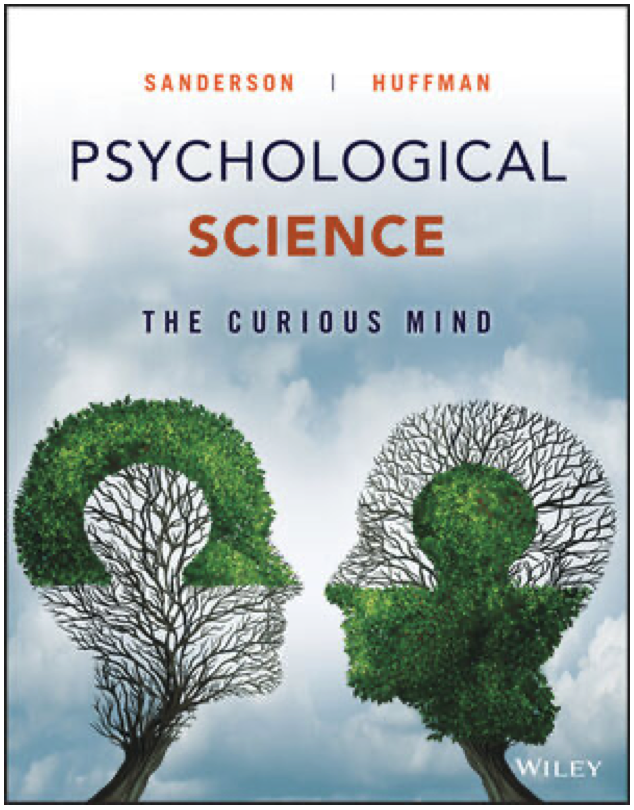
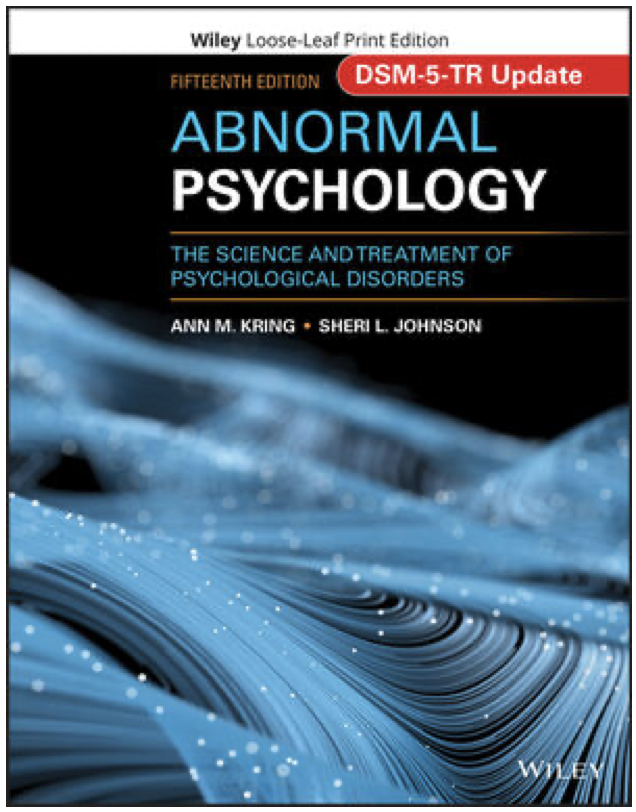
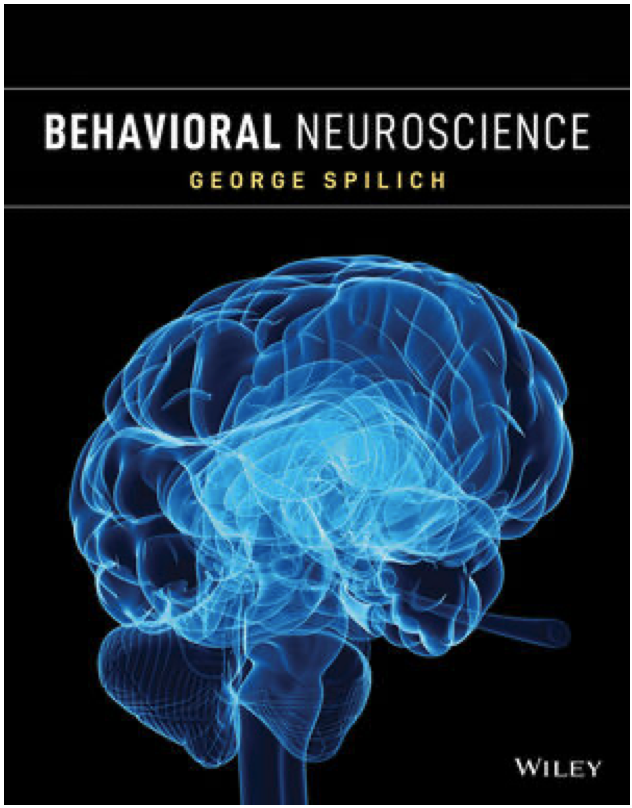
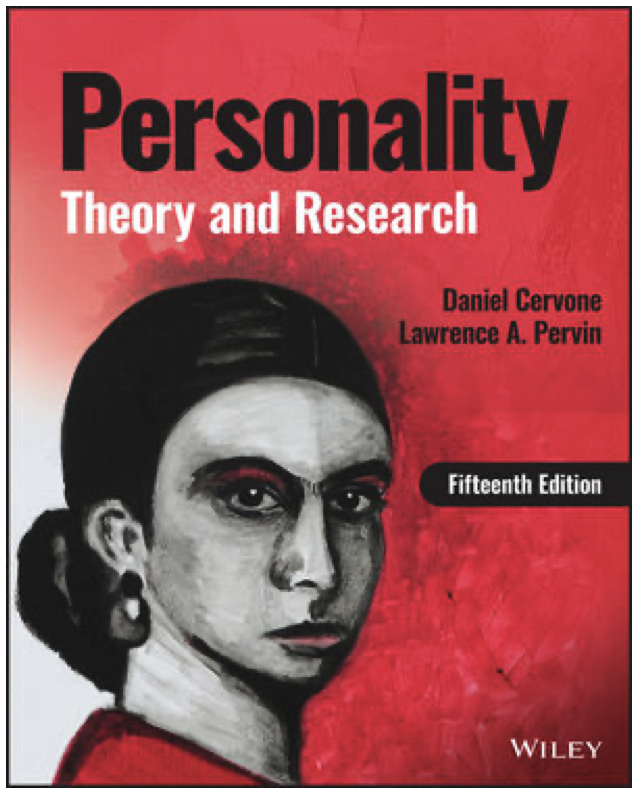
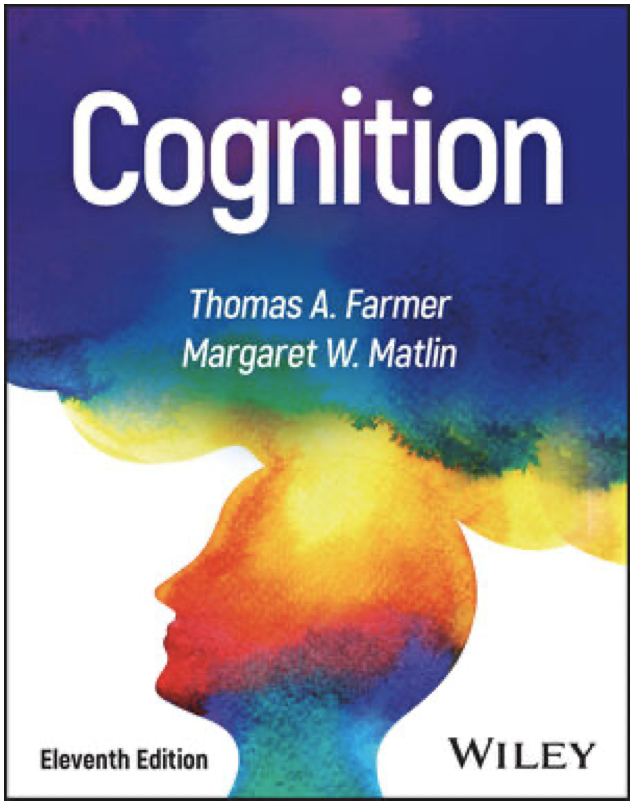
Leave a Reply